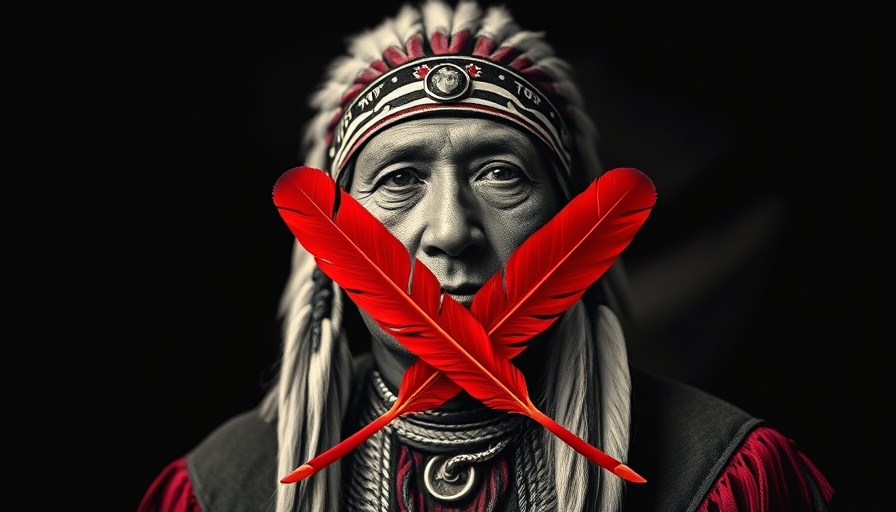
Understanding the Contest for Native American Identity
In contemporary society, issues of identity and heritage have gained increasing importance, particularly in the context of Indigenous groups in the United States. The struggle for recognition faced by the Seaconke Wampanoag Tribe illustrates the complexities of claiming Native American identity and the conflicts that can arise within and between tribes. Member Deborah Spears Moorehead's search for proof of her lineage reflects a deep historical connection that many members cherish, rooted in storied ancestors such as Massasoit, a significant figure in early American history.
The Process of Recognition
The need for official tribal recognition is underscored by the rigorous processes set by federal and state governments. With 574 tribes already recognized federally, tribes like the Seaconke Wampanoag pursue state acknowledgment as an essential step toward accessing resources and asserting their rights. Although state recognition might not provide the same benefits as federal status, it opens doors to federal funding—a crucial lifeline for many communities.
Internal Conflicts: A Battle for Authenticity
Adding layers to the Seaconke Wampanoag’s plight is the pushback from other Native groups such as the Narragansett Tribe. Chief Dean Stanton’s insistence on rigorous proof highlights a broader conversation among Indigenous peoples regarding authenticity and legitimacy. This internal strife arises from the fear that unrecognized groups could dilute the rich cultural heritage of Native Americans and exploit the benefits intended for those with verifiable ties to their ancestral lands.
The Broader Implications of Recognition
The debate over who gets to be recognized as Native American extends far beyond individual identities; it encompasses land rights, federal benefits, and cultural legitimacy. As states like Rhode Island grapple with these decisions, the clash of claims urges a reassessment of what it means to belong to an Indigenous community. This situation raises essential questions about racial, cultural, and social equity, with the outcome promising significant implications for both recognized and aspirational tribes.
Path Forward: Navigating the Recognition Maze
For local communities and policymakers, addressing the recognition question requires a delicate balance between honoring historical continuity and safeguarding the integrity of Native American identity. Education and awareness about these complexities could lead to more informed discussions and fairer decisions in the future, promoting inclusivity without compromising authenticity.
As the Seaconke Wampanoag Tribe continues its quest for recognition, it stands as a poignant reminder of the ongoing issues regarding cultural heritage and identity in America. The challenge is not just about proving lineage; it's about affirming the value and importance of Indigenous history in our collective narrative as a nation.
 Add Row
Add Row  Add
Add 




Write A Comment